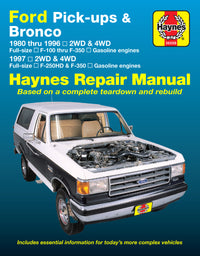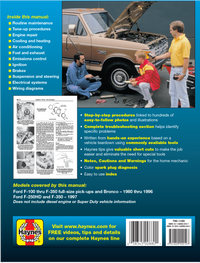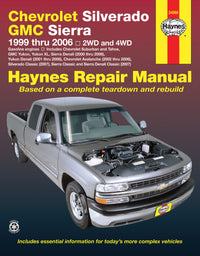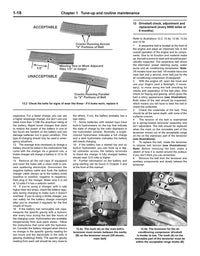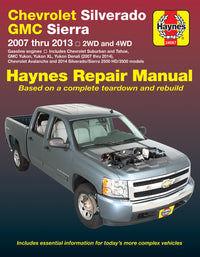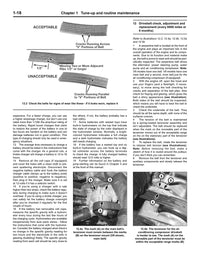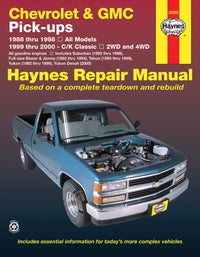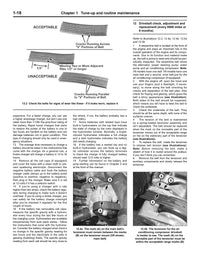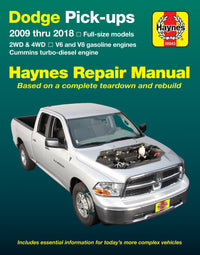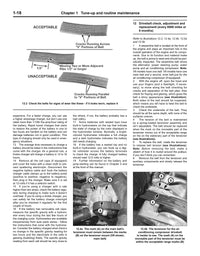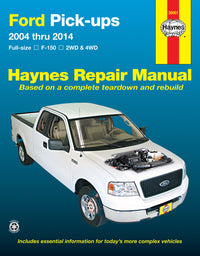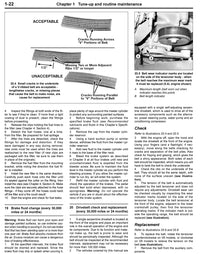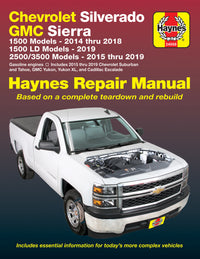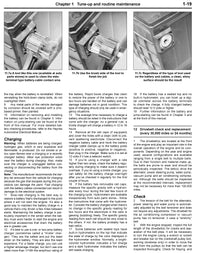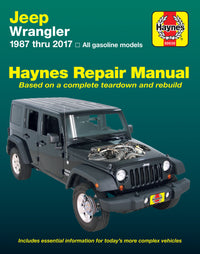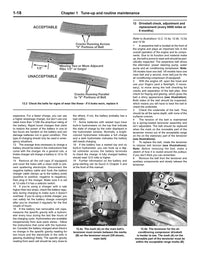Jeep Cherokee: The SUV That Defined a Generation — and Taught Us to Wrench
From the rocky trails of Moab, the Icefields Parkway through the Canadian Rockies, to the snowy morning commutes in upstate New York, few vehicles have earned a following quite like the Jeep Cherokee. It's not just a nameplate — it's a legacy built on versatility, durability, and just the right amount of stubborn charm.
We have written quite a few Jeep Cherokee Haynes manuals and spent more than a few weekends with a wrench in one hand and a Cherokee service bulletin in the other, we can tell you firsthand: this is an SUV that invites you to learn, whether you're navigating a fire road or replacing your first crankshaft sensor.
From Heavy Metal to Trail-Ready: The Early Cherokee (SJ, 1974–1983)
The first and original Cherokee. was a burly offshoot of the Wagoneer — a V8-powered, body-on-frame beast built for ranchers, hunters, and big families. It was heavy, loud, and thirsty, but it got the job done. It wasn’t uncommon to see one towing livestock or slogging through deep snow with chains on all four wheels.
- Frequent towing stressed the cooling system and rear drum brakes.
- Rural road use accelerated wear on leaf springs and exhaust hangers.
- Winter driving led to early frame rust, especially in the Northeast.
The DIY Game Changer: Jeep Cherokee XJ (1984–2001)
-
Weekend off-roading and overlanding
-
High-mileage daily commuting
-
DIY modifications — lift kits, bumpers, snorkels
Jeep owners really like putting their Cherokee through its paces and use it to the fullest.
- Rear main seal leaks (nearly all high-mileage 4.0Ls)
- Worn suspension bushings and track bars after trail use
- Overheating from clogged radiators and failed electric fans
- Crankshaft position sensor failures
We've had dozens of manual owners tell us their Cherokee Haynes or Chilton manual helped them replace their first water pump or pull the valve cover to chase a tick. These are honest machines — and they made better DIY mechanics out of all of us.
The model outlasted the company that originally designed and produced it by more than 15 years. Originally conceived by Jeep engineers under the American Motors corporate umbrella, with help from Renault who had a partnership with them at the time, the Cherokee was the first small SUV with all the off-road prowess of a larger truck, and car like amenities inside.
The big Cherokee's replacement came with a lighter, modern unibody construction and some more sensible power units for a post-oil-crisis America (though the big Wagoneer kept going for another 6 years). Having said that, the smaller engine options weren’t especially tempting, and Cherokee fans would probably opt for the 2.8-liter or 4-liter six cylinder motors. Not so frugal, but more in keeping with the Jeep’s muscular image.
The rectangular styling may have looked conservative, even in its day, but while some designs of the time looked dated faster than MC Hammer's pants, the Cherokee’s shape has almost become an icon for the tough but stylish off-roader. Even now, its look combines on-road presence with everyday practicality that’s quite hard to pull off.
We’re not the only ones to think so. The second-generation Jeep Cherokee stayed on the US market from 1984 to 2001 – fourteen years. It’s been made all over the world, including China, Venezuela, Argentina and Egypt. The Beijing Auto Works kept making their version of the Cherokee until 2014, that's a full 30 years after the introduction!

A Grand Cherokee was introduced as a successor in 1993 with more luxury features and more room, but sales of the original remained strong so it was not canceled. In 2001 Jeep bowed to the inevitable and launched a new model called the Liberty, which was similar in size but with a more rounded profile. The Cherokee name was relaunched in 2014 with a sleek and radical design a million miles from the second-generation Cherokee’s iconic utilitarian rectangles.
The Softer Side: Jeep Liberty / Cherokee KJ & KK (2002–2012)
In 2002, Jeep launched the Liberty (KJ) as the Cherokee’s replacement, later followed by the KK in 2008. With independent front suspension and a more rounded look, it was clear Jeep was chasing crossovers. But they didn’t forget their roots — Trail Rated versions could still get muddy, and plenty of owners used them to haul boats, take ski trips, or hit mild trails.
- Independent Front Suspension (IFS) design led to frequent ball joint and CV axle replacement.
- The 3.7L V6 was tough but prone to valve seat issues after 150K miles.
- HVAC systems wore out quickly — blend doors and blower motors in particular.
-
Diesel (CRD) models introduced turbo complexity, often not easy to understand without a bit of knowledge behind you
Cherokee Returns: The KL Generation (from 2014)
The KL Cherokee relaunched the name in 2014, bringing with it a sleek, modern crossover body and a very different DNA. It traded boxy utilitarianism for sleek aerodynamics and advanced electronics — along with a 9-speed automatic transmission that frustrated early adopters with jerky shifting and software quirks.
This was a vehicle for urban commuting, family transport, light trail use in Trailhawk models, and long distance road trips. The KL generation is where DIY mechanics and basic digital tools collide — scan tools, OBD-II apps, and Haynes step-by-step diagnostics help owners navigate the tech while still getting their hands dirty.
KL Modern DIY Maintenance Needs:
- Frequent software updates for the 9-speed ZF transmission
- Sensor calibration and ADAS troubleshooting (adaptive cruise, lane assist)
- Trailhawk-specific suspension wear and underbody damage
-
Cooling system leaks in V6 models after 80–100K miles
The Trailhawk trim gave the KL Cherokee a much-needed injection of off-road capability, and in doing so introduced reasons for DIYers to remain vigilant:
- Suspension Wear: The off-road-tuned suspension, including Active Drive Lock 4x4, can wear more quickly if used regularly on trails. Look for early signs of bushing fatigue or strut noise.
- Underbody Damage: Skid plates offer protection, but repeated trail use can lead to damage to the transfer case, exhaust components, and diff housings.
- Tire Wear and Alignment: Larger all-terrain tires and rugged terrains often accelerate tire wear, making frequent alignments and rotations necessary.
- Rear differential fluid should be changed more often than Jeep’s broad guidelines suggest if you engage in off-road driving regularly.
At Haynes, we have always felt that the Jeep Cherokee isn't just a vehicle - it's a teacher. It teaches you how to fix things, how to listen for bad bearings, how to tell a blown fuse from a bad relay, and how to own your repairs. A Cherokee will give you everything — if you’re willing to give it a little grease and love in return. We also might have the Jeep Cherokee Haynes or Chilton manual to get you going with confidence. You can search for your vehicle here

